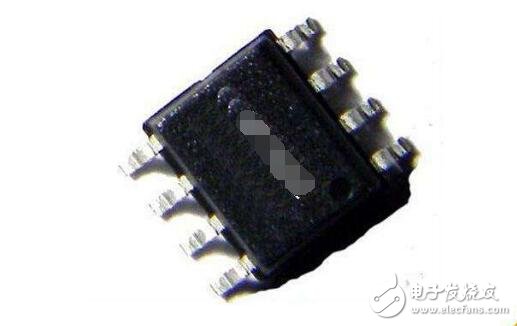The function and operating principle of an AC-DC converter, along with its circuit structure and design, play a crucial role in modern power systems. An AC-DC converter is a device that transforms alternating current (AC) into direct current (DC), making it suitable for use in various electronic devices and power supplies.
AC stands for Alternating Current, which means the direction of the current changes periodically. DC, or Direct Current, flows in one direction only. The process of AC-DC conversion involves rectifying the AC signal using a rectifier circuit and then filtering it to produce a stable DC output.

The Role of an AC-DC Power Module
Isolation is one of the key functions of an AC-DC module. It helps protect both the equipment and users by separating high-voltage circuits from low-voltage ones. This includes:
- Safety Isolation: Separating strong electricity from weak electricity, such as IGBT isolation drive, surge protection, and lightning protection. This is especially important in medical devices that come into contact with the human body.
- Noise Isolation: Preventing interference between analog and digital circuits, as well as between strong and weak signals.
- Ground Loop Elimination: Reducing noise and interference in remote signal transmission and distributed power systems.
In addition to isolation, AC-DC modules also offer protection features like short-circuit, over-voltage, under-voltage, and over-current protection, ensuring system reliability and longevity.
Another important function is voltage transformation. This includes boosting or bucking the voltage, converting AC to DC or vice versa, and switching between positive and negative polarities, as well as handling single or multiple power supply configurations.
Finally, these modules are used for voltage regulation, providing stable power from AC mains, remote DC sources, distributed systems, or battery supplies. They ensure consistent and reliable performance in a wide range of applications, from consumer electronics to industrial automation and renewable energy systems.
Wall Mount VESA Monitor
Industrial Wall Mount VESA Monitor: The Perfect Combination of Efficiency and Convenience
In the industrial field, the continuous progress of technology is driving the optimization and upgrading of various equipment, and industrial wall mount monitor are an outstanding representative among them. It has brought many advantages to industrial production with its unique design and excellent performance, and plays an important role in many application scenarios.
The primary advantage of industrial wall Mount vesa monitor lies in their excellent space utilization efficiency. In many industrial environments, space is often precious, and wall mounted installation can cleverly fix the monitor to the wall without taking up space on the floor or workbench. This makes the work area cleaner and more spacious, providing more activity space for operators, which helps improve work efficiency and safety.
Its stability is also one of the advantages that cannot be ignored. Through a sturdy wall mounting method, the monitor can be stably fixed to the wall, reducing the risk of displacement or damage caused by accidental collisions or vibrations. This is particularly important in some industrial places where there is frequent mechanical movement or vibration, ensuring that the display can continue to work stably and not be affected by external interference on normal display and operation.
In terms of display effect, industrial wall mount computer monitors usually have the characteristics of high definition, high contrast, and wide viewing angle. This allows operators to clearly see the information on the screen from different angles and positions, whether it is viewing complex charts, monitoring production processes, or reading detailed data, all of which can be accurate and error free.
In addition, industrial wall mount displays also have good protective performance. It can effectively prevent dust, water, and corrosion, and adapt to various harsh industrial environments. This means that even in environments with high dust, humidity, or chemical erosion, the monitor can operate normally, ensuring the continuity and stability of industrial production.
In terms of application scenarios, industrial wall mount
Touch Screen Monitor are widely used for monitoring production lines in factory workshops. Operators can view the real-time operation status of each link on the production line, promptly identify problems and make adjustments, thereby improving production efficiency and product quality.
In warehouse management, wall mounted displays can be installed on the walls of the warehouse, making it convenient for staff to view inventory information, goods location, and inbound and outbound records at any time, achieving efficient warehouse management.
In the power industry, it is used in distribution rooms and substations to display the operating parameters and status of power equipment, helping staff to conduct real-time monitoring and troubleshooting.
In the field of transportation, such as the control centers of subway stations and train stations, wall mount VESA monitor can clearly display train operation information, signal status, and monitoring images, ensuring the safety and smoothness of transportation.
In summary, industrial wall mounted monitor play an indispensable role in many industrial scenarios due to their advantages of space saving, stability and reliability, excellent display, and good protection. It not only improves the efficiency and management level of industrial production, but also provides strong support for the development of industrial intelligence.
wall mount monitor,Wall Mount Vesa Monitor,wall mounted displays,wall mount computer monitors,Wall Mount Touch Screen Monitor,wall mount displays
Shenzhen Hengstar Technology Co., Ltd. , https://www.angeltondal.com
